What is Hemp Rolling Paper? 🌿 Everything You Need to Know in 2025

Hey there, friend! 👋 So you've been hearing buzz about hemp rolling papers and wondering what the hype is all about? You're in the right place. Whether you're a curious newcomer or someone looking to make the switch from traditional papers, this guide breaks down everything you need to know about hemp rolling papers in a super chill, easy-to-understand way.
Let's dive into the world of hemp papers and discover why they've become the go-to choice for millions of enthusiasts worldwide! 🚀
📋 Table of Contents
- What is Hemp Rolling Paper? The Basics
- Understanding Hemp Fiber & Its Properties
- The Fascinating History of Hemp Papers
- Why Choose Hemp? The Amazing Benefits
- Different Types of Hemp Papers Explained
- Hemp vs Other Materials: The Real Comparison
- How Hemp Papers Are Made
- Busting Common Myths About Hemp Papers
- How to Choose the Perfect Hemp Papers
- Proper Storage & Care Tips
- Environmental Impact & Sustainability
- Frequently Asked Questions
What is Hemp Rolling Paper? The Basics 📝
Alright, let's start with the foundation. Hemp rolling paper is a type of thin paper made from the fibers of the hemp plant, which is a variety of the Cannabis sativa species. But hold up—before you get any ideas, these papers don't contain THC or CBD, so they won't get you high or provide any medicinal effects on their own.
Think of hemp rolling papers as the vehicle, not the destination. They're simply the medium that holds your material together, allowing for a smooth and enjoyable experience. What makes them special is their unique composition, which gives them distinct characteristics that many people prefer over traditional wood pulp or rice papers.
What Makes Hemp Papers Different? ✨
Hemp papers stand out from the crowd for several reasons. First off, they're typically thicker and more durable than rice papers but thinner than some wood pulp varieties. This sweet spot gives them excellent structural integrity without feeling bulky or interfering with your experience.
The natural hemp fibers also create a slightly textured surface that makes them incredibly easy to work with—no more frustrating tears or papers sticking to your fingers! Plus, they burn at a consistent, slow rate that many enthusiasts absolutely love.
Understanding Hemp Fiber & Its Properties 🔬
To really appreciate what makes rolling papers from hemp so special, we need to talk about the star of the show: hemp fiber itself.
What Exactly is Hemp Fiber? 🌱
Hemp fiber comes from the stalks of the hemp plant, and it's seriously tough stuff! In fact, hemp produces some of the strongest natural fibers on Earth. There are actually two types of fibers in hemp plants:
- Long bast fibers: These are the outer fibers that are super strong and coarse—perfect for rope, textiles, and clothing.
- Short core fibers (also called hurds or pulp): These inner fibers are softer and more suitable for paper production, including your beloved hemp papers!
The Science Behind Hemp's Strength 💪
What gives hemp fibers their incredible strength? It all comes down to their cellular structure. Hemp fibers are made up of cellulose, hemicellulose, and lignin—creating a naturally strong material that's also lightweight and flexible. This unique composition is why hemp papers can be thin yet surprisingly resilient.
Key Properties of Hemp Fiber 🎯
Here's what makes hemp fiber so awesome for paper production:
| Property | Benefit for Papers |
|---|---|
| High tensile strength | Papers don't tear easily during rolling |
| Natural porosity | Allows for even, controlled burn |
| Low lignin content | Cleaner burn with less residue |
| Antimicrobial properties | Naturally resistant to mold and bacteria |
| Biodegradable | Breaks down naturally without harming environment |
The Fascinating History of Hemp Papers 📜
Ready for a quick history lesson? Don't worry, we'll make it fun! 😄
Ancient Roots 🏺
Hemp has been humanity's trusty companion for thousands of years. Archaeological evidence suggests that hemp cultivation dates back over 10,000 years! The ancient Chinese were making paper from hemp fibers as early as 100 BCE, and some of the world's oldest surviving paper documents were created using hemp.
Throughout history, hemp paper was used for everything from important documents to religious texts. Even the Gutenberg Bible and early drafts of the U.S. Declaration of Independence were printed on hemp paper. Pretty cool, right?
The Modern Renaissance 🌅
After decades of legal complications and stigma surrounding anything related to the plant family, hemp is experiencing a massive comeback. In recent years, legislation in many countries has recognized industrial hemp as distinct from its botanical relatives, leading to a explosion in hemp-based products—including premium papers.
Today's hemp papers benefit from centuries of papermaking knowledge combined with modern manufacturing techniques, resulting in products that are better than ever before!
Why Choose Hemp? The Amazing Benefits 🎉
Okay, so why are so many people making the switch to hemp papers? Let's break down the awesome benefits:
1. Slow, Even Burn Rate 🔥
One of the biggest selling points of hemp papers is their burn rate. Thanks to the natural density and structure of hemp fibers, these papers burn slowly and evenly. This means your session lasts longer, and you're not dealing with annoying runs or uneven burning.
2. Exceptional Durability 💪
Ever had a paper tear on you right when you're in the zone? Super frustrating! Hemp papers are significantly more durable than rice papers and many other alternatives. The strong hemp fibers mean less tearing, even when you're packing them full or rolling on the go.
3. Natural & Minimal Processing 🌿
Most quality hemp papers are unbleached and undergo minimal chemical processing. This means fewer additives, chemicals, and weird stuff going into your body. If you're health-conscious (and who isn't these days?), this is a huge plus.
4. Excellent Texture for Rolling 👌
The slightly rough, natural texture of hemp papers makes them incredibly easy to handle and roll. They don't slip around or stick to your fingers the way ultra-smooth papers sometimes do. Whether you're a beginner learning the ropes or a seasoned pro, you'll appreciate the superior grip.
5. Neutral Flavor Profile 😋
Hemp papers have a very mild, slightly earthy taste that most people find pleasant and non-intrusive. They won't overpower the natural flavors you're trying to enjoy—they just provide a subtle, natural complement.
6. Eco-Friendly Choice 🌍
More on this later, but hemp is incredibly sustainable. By choosing hemp papers, you're making a choice that's better for the planet. It's a win-win!
Different Types of Hemp Papers Explained 📦
Not all hemp papers are created equal! Let's explore the different varieties you'll find on the market.
Bleached vs. Unbleached Hemp Papers 🎨
Unbleached Hemp Papers (Brown)
These are the OGs of the hemp paper world. Unbleached papers retain their natural light brown or tan color because they haven't gone through chemical bleaching processes. They're the purist choice, with minimal processing and no added chlorine or other bleaching agents.
Pros:
- Most natural option with fewest additives
- Slightly earthy appearance that many find appealing
- Better for the environment
- Often a bit thicker and more durable
Bleached Hemp Papers (White)
Some manufacturers offer bleached hemp papers that look clean and white. If they're using safe bleaching methods like calcium carbonate, these can still be a decent option.
Pros:
- Classic white appearance some prefer
- May be slightly thinner
- Can be easier to see what you're rolling
Paper Thickness Variations 📏
Ultra-Thin Hemp Papers
These are the lightest hemp papers available, designed for those who want minimal interference with their experience. Despite being thin, quality hemp papers maintain good durability thanks to the strong fibers.
Standard Thickness
The most common type, offering a balanced combination of ease-of-use and burn characteristics. Perfect for most users!
Premium Thick Hemp Papers
These beefier papers are ideal for larger rolls or situations where you want maximum durability. They burn even slower than their thinner cousins.
Size Options Available 📐
Hemp papers come in all the standard sizes you'd expect:
- Single Wide: The classic size, perfect for solo sessions
- 1¼ Size: Most popular size, great all-around choice
- 1½ Size: Slightly wider for bigger rolls
- King Size: For when you're feeling generous or social!
- King Slim: Long and lean—increasingly popular
Pre-Rolled Hemp Cones 🎺
Not confident in your rolling skills, or just want convenience? Pre-rolled hemp cones are game-changers! They come ready to fill, with the hard work already done for you. Just pack, twist, and you're good to go. They're perfect for beginners, people with dexterity issues, or anyone who wants consistency without the hassle.
Hemp vs Other Materials: The Real Comparison ⚖️
How does hemp stack up against other popular paper materials? Let's find out!
Hemp vs Wood Pulp Papers 🌲
Wood Pulp Pros:
- Usually cheaper
- Very familiar to traditional users
- Widely available
Hemp Wins Because:
- More sustainable (hemp grows in 3-4 months vs. trees taking years)
- Burns slower and more evenly
- Typically fewer chemicals and additives
- Stronger and more tear-resistant
- Better environmental footprint
Hemp vs Rice Papers 🍚
Rice Paper Pros:
- Ultra-thin with virtually no taste
- Very slow burn when done right
- Also sustainable and natural
Hemp Wins Because:
- Much more durable and tear-resistant
- Easier to roll, especially for beginners
- Better texture and grip
- Less likely to stick to your fingers
- More forgiving with moisture
Hemp vs Flax Papers 🌾
Flax is another natural fiber option that's been used for centuries.
Flax Paper Pros:
- Very natural and sustainable
- Clean burn
- Good texture
Hemp's Advantages:
- Generally more durable and stronger
- Slower burn rate
- More widely available in pure form
- Better moisture resistance
How Hemp Papers Are Made 🏭
Ever wondered what goes into creating those awesome papers? Let's peek behind the curtain!
Step 1: Hemp Cultivation 🌱
It all starts in the field! Hemp plants are incredibly fast-growing—reaching maturity in just 3-4 months. They don't require pesticides, herbicides, or heavy irrigation, making them an incredibly eco-friendly crop. The plants can grow up to 15 feet tall!
Step 2: Harvesting & Separation 🚜
Once mature, hemp plants are harvested and then processed to separate the valuable fibers from the woody core of the stalk. For paper production, manufacturers primarily use the shorter core fibers (hurds), which are softer and more suitable for creating thin, flexible sheets.
Step 3: Pulping Process 💧
The hemp fibers are turned into pulp through a process that breaks them down into a slurry. Quality manufacturers use minimal chemicals during this process, relying instead on mechanical processing and natural enzymes.
Step 4: Sheet Formation 📄
The pulp is then spread out on screens and pressed to remove excess water, forming thin sheets. This is where the thickness of the paper is determined. The sheets are carefully monitored to ensure consistent quality.
Step 5: Drying & Finishing 🌬️
The sheets are dried using controlled heat and air flow. For unbleached papers, this is nearly the final step! Some papers may be lightly treated or pressed to achieve the desired smoothness and thickness.
Step 6: Cutting & Packaging ✂️
Finally, the large sheets are cut into the familiar sizes we know and love, organized into booklets, and packaged for distribution. Many quality brands add gum arabic (a natural tree resin) along one edge to create the adhesive strip for sealing.
Busting Common Myths About Hemp Papers 🚫
Time to set the record straight on some common misconceptions!
Myth #1: "Hemp Papers Will Get You High" 🙄
The Truth: Absolutely not! Hemp papers contain zero THC. They're made from industrial hemp plants that are specifically cultivated for fiber, not for any psychoactive properties. The papers are just paper—nothing more, nothing less.
Myth #2: "Hemp Papers Contain CBD" 💊
The Truth: Nope! While hemp plants can be used to extract CBD, hemp papers don't contain any CBD or other cannabinoids. The manufacturing process involves only the plant fibers, which don't contain these compounds.
Myth #3: "All Hemp Papers Are the Same" 🤷
The Truth: Not even close! Just like with any product, there's huge variation in quality between brands and manufacturers. Factors like sourcing, processing methods, thickness, and added materials all affect the final product. Always choose reputable brands that are transparent about their manufacturing process.
Myth #4: "Hemp Papers Are Illegal" ⚖️
The Truth: In most countries where they're sold, hemp papers are completely legal! Industrial hemp has been distinguished from controlled substances in the legislation of many countries. That said, always check your local laws to be sure.
Myth #5: "Hemp Papers Are Harsh" 😤
The Truth: Quality hemp papers actually provide a very smooth experience! If anything, their slow burn rate and minimal additives make them smoother than many alternatives. If you've had a harsh experience, it was likely due to poor quality papers or other factors.
Myth #6: "Hemp Papers Are Hard to Roll" 😓
The Truth: Actually, most people find hemp papers easier to roll than super-thin alternatives like rice paper! The slightly textured surface provides great grip, and the durability means less frustration with tears.
How to Choose the Perfect Hemp Papers 🎯
Ready to grab some hemp papers? Here's how to pick the best ones for your needs!
Consider Your Experience Level 📊
Beginners 🆕
If you're just starting out, go with standard-thickness unbleached hemp papers in 1¼ size. They're forgiving, easy to handle, and won't tear easily. Better yet, consider pre-rolled cones while you're learning!
Intermediate Users 🎓
Once you've got the basics down, experiment with different sizes and thicknesses to find your personal preference. Try king slims for a different experience!
Experts 🏆
You probably already know what you like, but don't be afraid to try new brands and specialty hemp papers. Ultra-thin hemp papers can be a fun challenge!
Quality Indicators to Look For 🔍
- Organic certification: Ensures no pesticides or harmful chemicals in cultivation
- Unbleached options: Less processing means cleaner product
- Natural gum arabic adhesive: Avoid synthetic glues
- Transparent sourcing: Reputable brands tell you where their hemp comes from
- No additives: Check that there are no unnecessary chemicals or burn accelerants
- Consistent reviews: See what other users are saying about burn quality and durability
Brand Reputation Matters 👍
Stick with established brands that have proven track records. While there are many newcomers in the market, brands with years of experience typically have better quality control and more refined manufacturing processes.
Proper Storage & Care Tips 📦
Want your hemp papers to stay fresh and perform their best? Follow these storage tips!
Keep Them Dry 💧
Moisture is hemp paper's worst enemy! Store your papers in a cool, dry place. If they get damp, they can become difficult to work with and may not burn properly. Consider keeping them in an airtight container if you live in a humid climate.
Avoid Direct Sunlight ☀️
UV light can degrade the fibers over time and dry out the adhesive. Keep your papers in a drawer or container away from direct sunlight.
Don't Over-Compress 💪
While hemp papers are durable, leaving them under heavy objects for extended periods can affect their structure. Keep them flat but don't pile heavy stuff on top.
Use Within Reasonable Time ⏰
Hemp papers don't really "expire," but fresher is always better. The natural gum adhesive can dry out over time, especially if papers are exposed to air. Try to use papers within a year or two of purchase for best results.
Optimal Storage Conditions 🌡️
- Temperature: Room temperature (65-75°F / 18-24°C)
- Humidity: Low humidity (30-50% relative humidity)
- Light: Dark or low-light environment
- Container: Original packaging or airtight container
Environmental Impact & Sustainability 🌍
One of the coolest things about rolling papers made from hemp is their positive environmental impact. Let's explore why hemp is such an eco-warrior!
Why Hemp is Incredibly Sustainable 🌱
1. Lightning-Fast Growth Rate ⚡
Hemp reaches maturity in just 3-4 months, compared to trees which can take 20-30 years! This means more renewable resources with less waiting time. You can potentially grow 2-3 hemp crops per year in the right climate.
2. Minimal Water Requirements 💧
Hemp requires significantly less water than cotton and many other crops. Once established, hemp plants are quite drought-resistant and don't need constant irrigation. This is huge in an era of increasing water scarcity!
3. No Pesticides Needed 🚫🐛
Hemp is naturally resistant to most pests and diseases. This means organic hemp cultivation doesn't require harmful pesticides or herbicides that can damage ecosystems and contaminate water supplies.
4. Soil Regeneration 🌾
Here's something amazing: hemp actually improves the soil where it's grown! The deep roots prevent erosion, and hemp is known for phytoremediation—meaning it can actually remove toxins and heavy metals from contaminated soil. How cool is that?
5. Carbon Sequestration 🌫️
Hemp plants absorb CO2 from the atmosphere as they grow, making them carbon-negative crops. For every ton of hemp produced, approximately 1.63 tons of CO2 are removed from the air!
6. Complete Biodegradability ♻️
Used hemp papers break down naturally and completely, unlike synthetic materials that can persist in the environment for years. They'll decompose in weeks or months, returning nutrients to the soil.
The Wood Pulp Comparison 🌲 vs 🌿
Let's be real about why hemp beats wood pulp from an environmental standpoint:
| Factor | Wood Pulp Papers | Hemp Papers |
|---|---|---|
| Growth Time | 20-30 years | 3-4 months |
| Acre Yield | Lower | 4x more fiber per acre |
| Chemical Processing | Requires heavy bleaching | Minimal processing needed |
| Deforestation Impact | Contributes to forest loss | Zero—actually helps soil! |
| Water Usage | Moderate to high | Low |
| Pesticide Need | Often required | None needed |
Making a Positive Impact 💚
Every time you choose hemp papers over traditional wood pulp alternatives, you're casting a vote for sustainable practices. It might seem like a small choice, but when millions of people make that same choice, it adds up to real environmental protection!
Frequently Asked Questions ❓
1. What is hemp rolling paper made of? 🌿
Hemp rolling paper is made from the fibers of the industrial hemp plant (Cannabis sativa). Specifically, manufacturers use the short core fibers (called hurds or pulp fibers) from the hemp stalk. These fibers are processed into pulp, formed into thin sheets, dried, and cut to size. Quality hemp papers typically contain 100% hemp fibers with minimal additives—just natural gum arabic adhesive along the sealing edge.
2. Do hemp rolling papers get you high or contain THC/CBD? 🤔
No way! This is one of the biggest misconceptions out there. Hemp rolling papers contain absolutely zero THC, CBD, or any other cannabinoids. They're made purely from the plant fibers, which don't contain these compounds. The papers are simply a medium—they won't affect you in any way other than serving their purpose as paper. You could literally eat them and nothing would happen (though we don't recommend it—they probably don't taste great! 😄).
3. Are hemp papers better than regular rolling papers? 💪
For most people, yes! Hemp papers offer several advantages over traditional wood pulp papers: they burn slower and more evenly, they're more durable and tear-resistant, they contain fewer chemicals and additives, and they're way more sustainable for the environment. They also have a pleasant, mild flavor that doesn't overpower your material. The main "downside" is that they're sometimes slightly more expensive, but most users find the benefits totally worth it!
4. How do you store hemp rolling papers properly? 📦
Keep your hemp papers in a cool, dry place away from direct sunlight and moisture. Room temperature (65-75°F) with low humidity (30-50%) is ideal. Store them in their original packaging or an airtight container if you live in a humid environment. Avoid crushing them under heavy objects, and try to use them within a year or two for best adhesive performance. Basically, treat them like you'd treat any paper product—no special magic required!
5. Why are hemp papers brown instead of white? 🟤
Most hemp papers are brown because they're unbleached! The natural color of hemp fibers is a light tan or brown shade. Some manufacturers choose not to bleach their papers to keep them as natural and chemical-free as possible. This unbleached approach is actually a feature, not a flaw—it means fewer processing chemicals and a more eco-friendly product. That said, some brands do offer bleached white hemp papers if that's your preference, ideally using safe methods like calcium carbonate.
6. Can beginners easily roll with hemp papers? 🆕
Absolutely! In fact, hemp papers are often easier for beginners than ultra-thin alternatives like rice paper. The slightly textured surface provides excellent grip, making them less slippery and easier to control. Plus, they're durable enough to forgive beginner mistakes—less tearing means less frustration! If you're brand new to rolling, consider starting with pre-rolled hemp cones while you practice your technique. Once you get the hang of it, standard hemp papers in 1¼ size are perfect for learning.
7. Are hemp rolling papers environmentally friendly? 🌍
Hemp papers are among the most eco-friendly options available! Hemp grows incredibly fast (3-4 months vs. 20-30 years for trees), requires minimal water, needs no pesticides, actually improves soil quality, and absorbs tons of CO2. One acre of hemp produces 4x more fiber than an acre of trees. Plus, hemp papers are 100% biodegradable. By choosing hemp, you're making a choice that's genuinely better for the planet. It's one of those rare situations where the best-performing option is also the most sustainable! 🌱
Why Our Premium Rolling Papers Are Your Best Choice 🏆
Speaking of quality hemp papers, let's talk about what makes a truly exceptional product. When you're looking for rolling paper that checks all the boxes, you want something that combines sustainability, performance, and safety.
The best hemp papers on the market today are made from organic hemp fibers, printed with food-grade inks, and sealed with 100% natural gum arabic. They're unbleached to maintain their purity, and they burn slowly and evenly every single time. Whether you're a casual user or someone who appreciates the finer details, quality matters.
What Sets Premium Papers Apart ✨
Here's what you should look for in top-tier custom rolling paper products:
- Certified organic hemp sourced from sustainable farms
- Zero chemical additives or burn accelerants
- Consistent thickness throughout every sheet
- Natural adhesive that holds perfectly without weird taste
- Rigorous quality control ensuring every booklet is perfect
- Customization options for those who want to add personal flair
Quality hemp papers aren't just about function—they're about the entire experience. From the moment you open the package to the last puff, every detail should be on point. That's the difference between okay papers and exceptional ones.
🔥 Ready to Upgrade Your Rolling Game?
Why settle for anything less than the best? 🎯 If you want a smooth, safe, and flavorful experience every single time with papers that are as good for the planet as they are for your sessions — we've got exactly what you need.
- ✔️ Made from organic hemp
- ✔️ Printed with food-grade ink
- ✔️ Sealed with 100% natural gum
- ✔️ Customize them with your brand, artwork, or vibe
📦 Bulk orders available | 🚚 Fast shipping | 🌱 Always chemical-free
Final Thoughts: Why Hemp Papers Win 🏅
So there you have it, friend! We've covered everything from what hemp rolling paper actually is, to why it's such an awesome choice, to how to pick the perfect ones for your needs. Let's wrap this up with the key takeaways:
Hemp papers are:
- Made from sustainable, fast-growing hemp plants 🌱
- Durable, easy to roll, and perfect for all skill levels 💪
- Slow-burning with a mild, pleasant flavor 🔥
- More eco-friendly than virtually any alternative 🌍
- Free from THC, CBD, and unnecessary chemicals ✨
- Available in tons of sizes and styles to fit your preferences 📏
Whether you're making the switch from traditional wood pulp papers or trying papers for the first time, hemp is an excellent choice. They offer the perfect combination of performance, sustainability, and ease of use. Plus, you can feel good knowing that your choice is supporting sustainable agriculture and reducing your environmental footprint.
The next time someone asks you "what is hemp rolling paper?"—well, now you're basically an expert! You know the history, the benefits, the manufacturing process, and everything in between. Share that knowledge and help others make informed, sustainable choices too! 🙌
Remember, life's too short for subpar papers. Choose hemp, choose quality, and choose sustainability. Your sessions (and the planet) will thank you! 🌿✨
Ready to experience the hemp paper difference? Check out our premium selection and find your perfect match today!
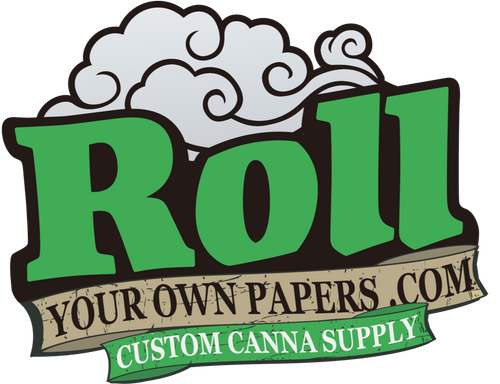
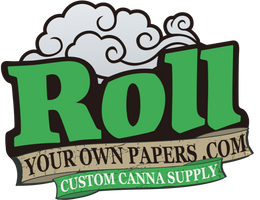
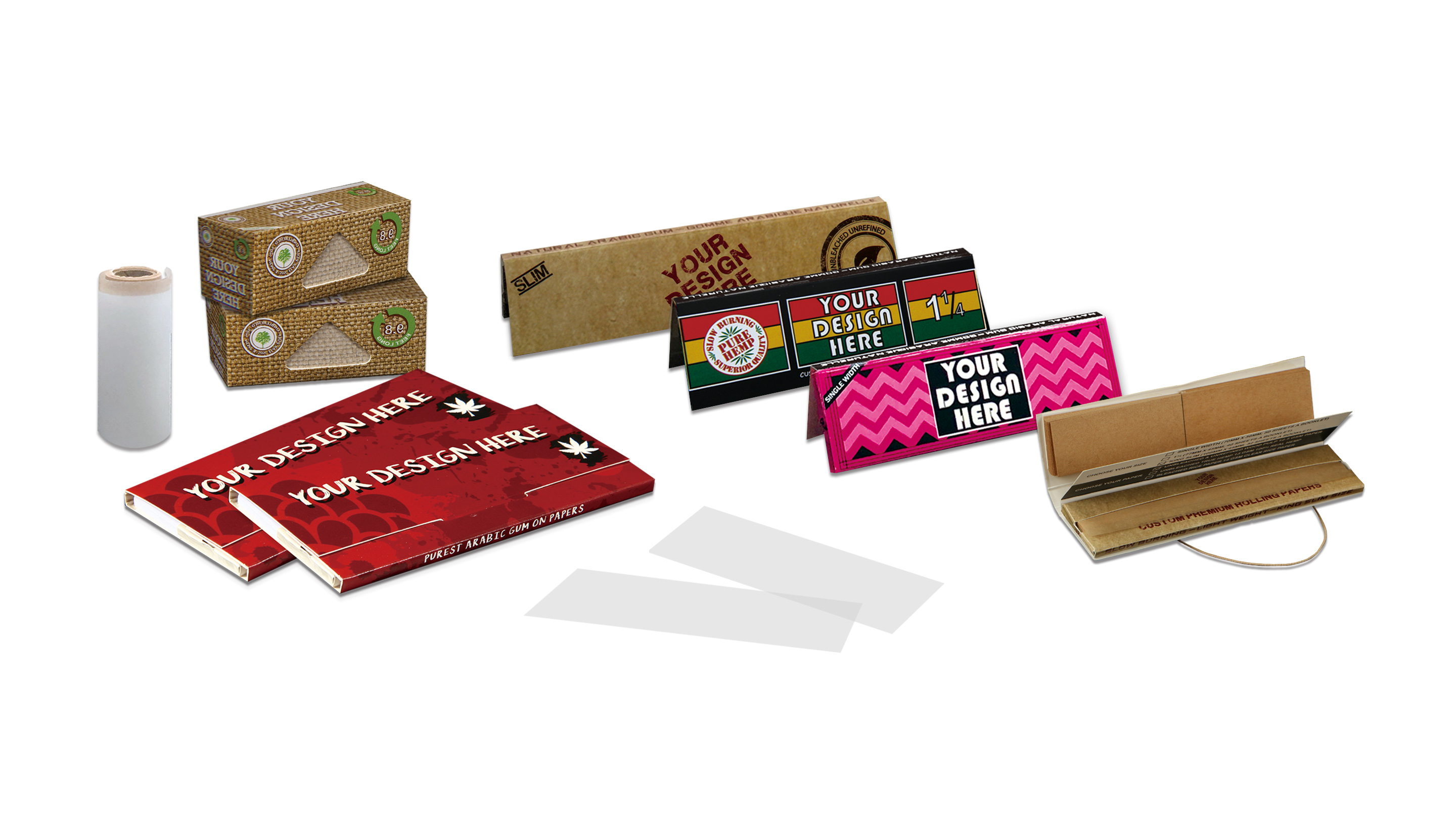
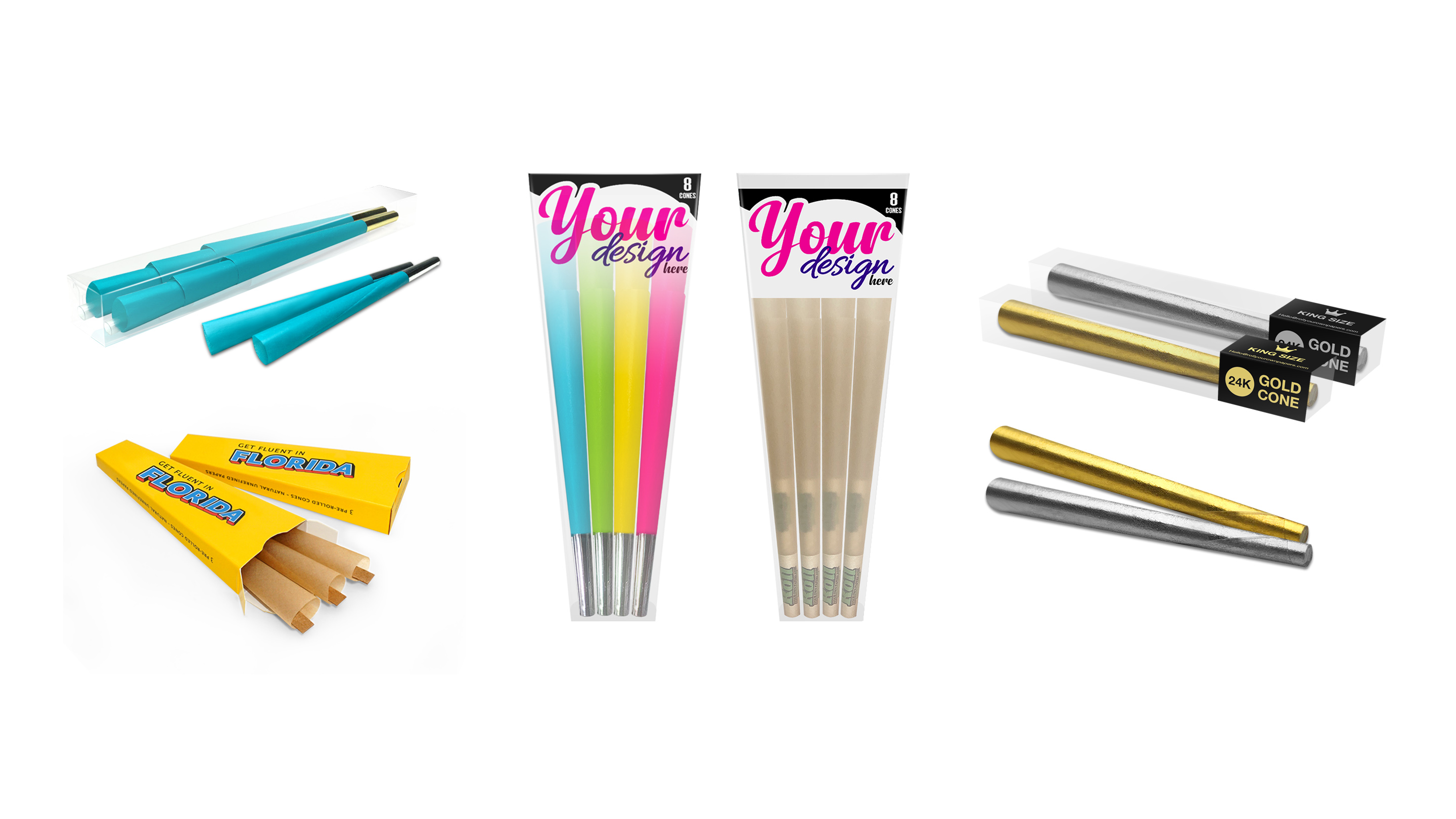
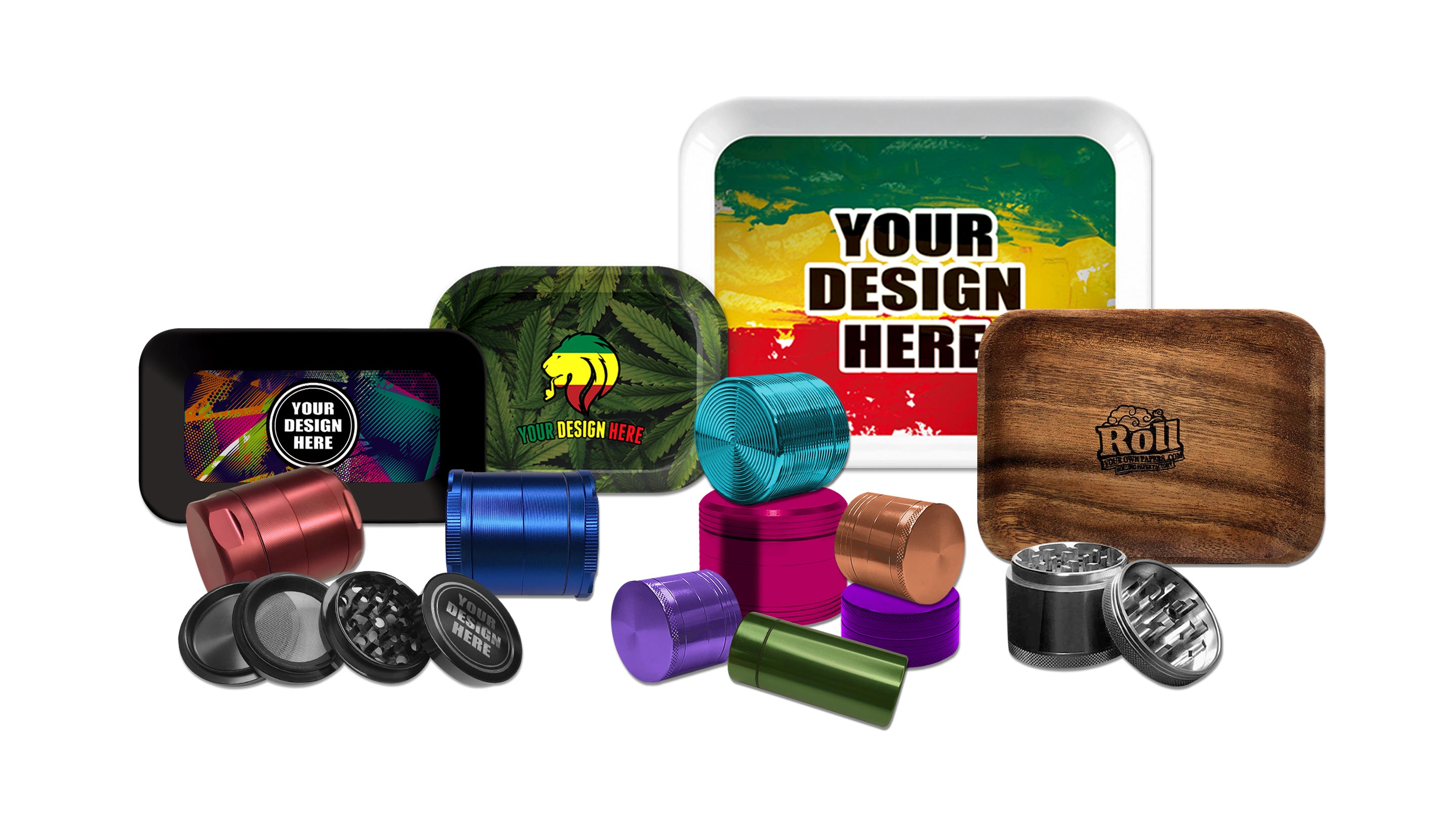
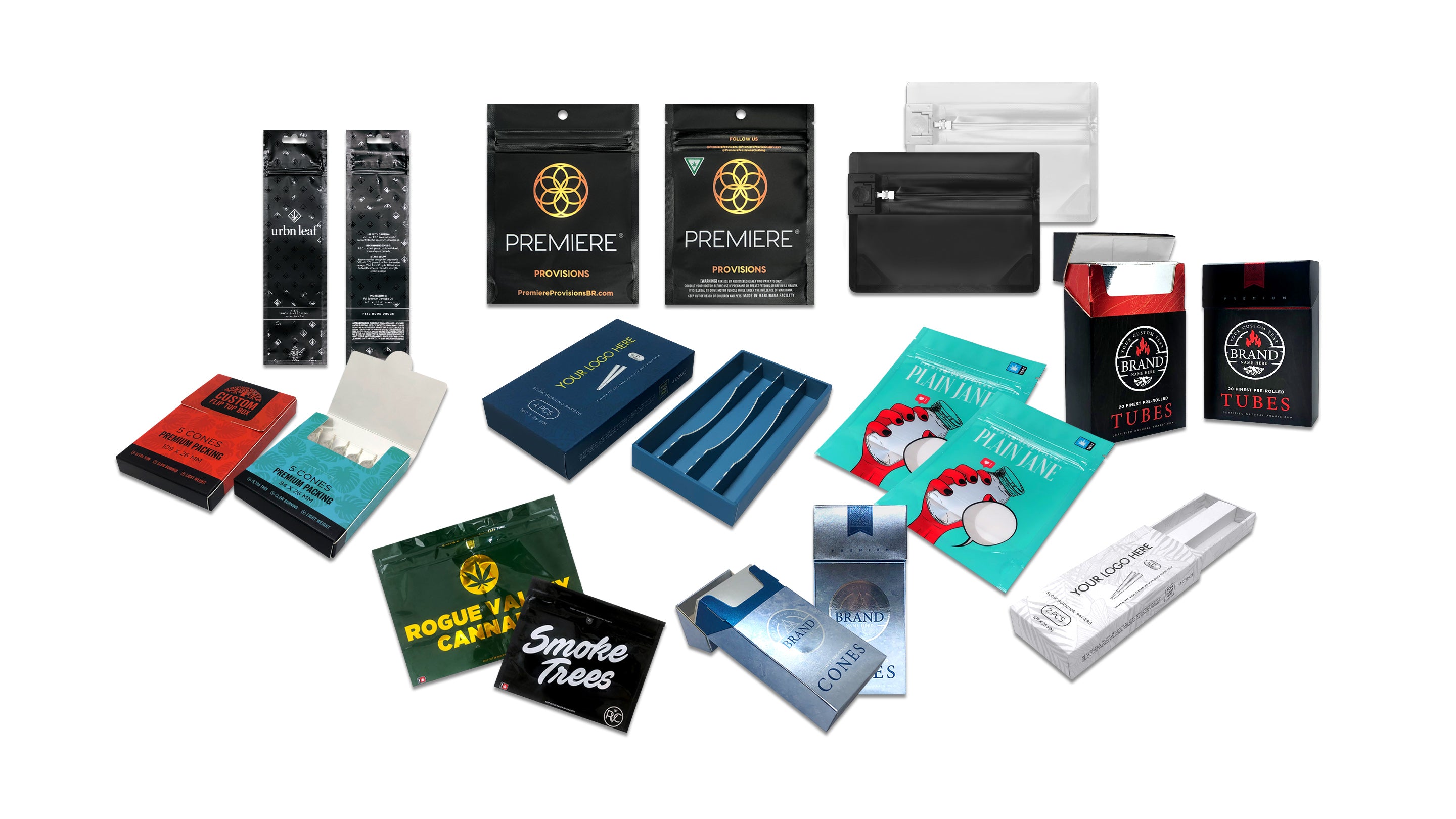
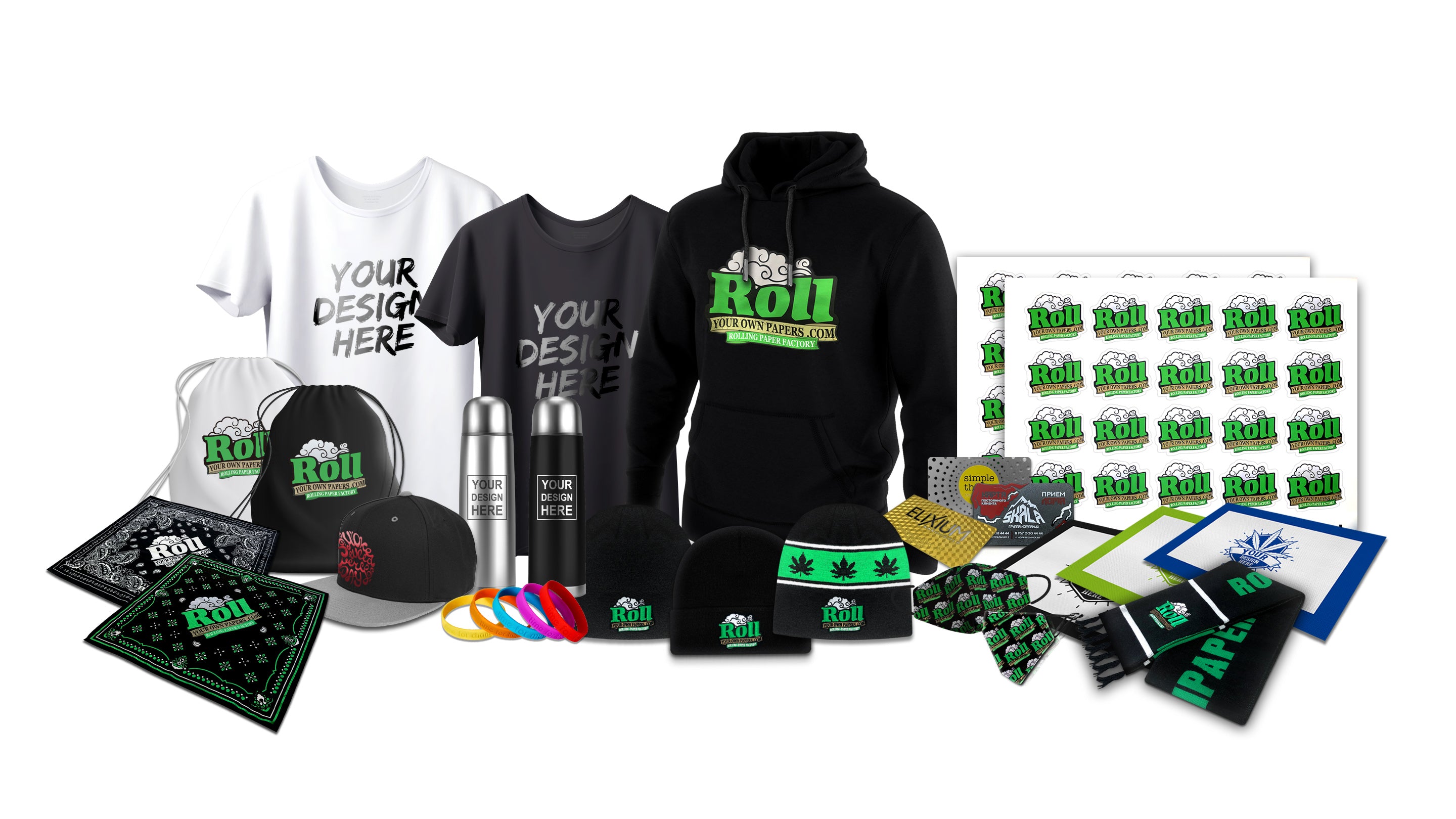
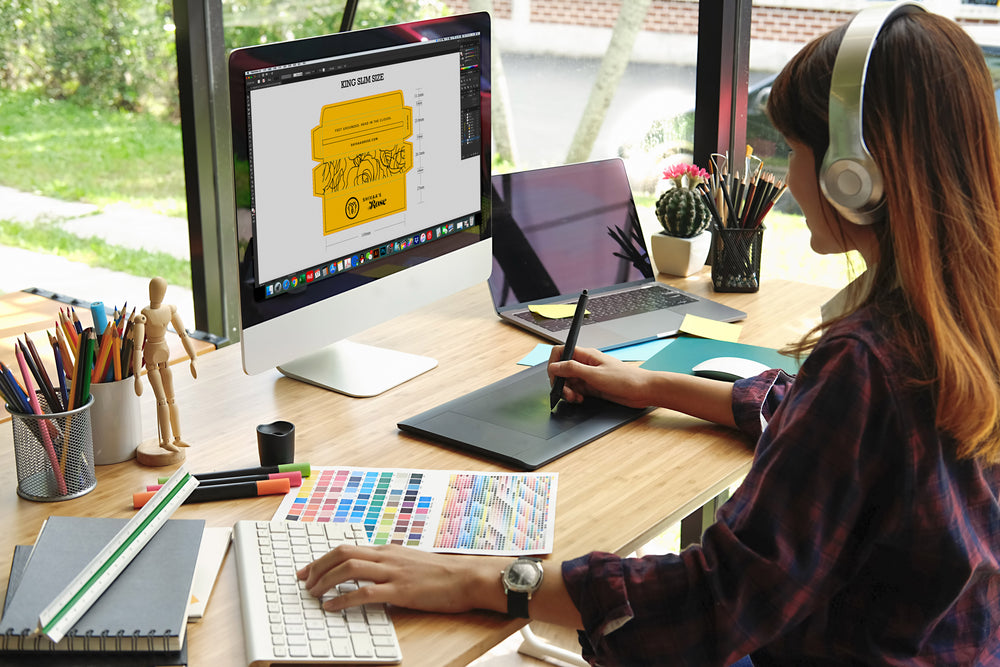




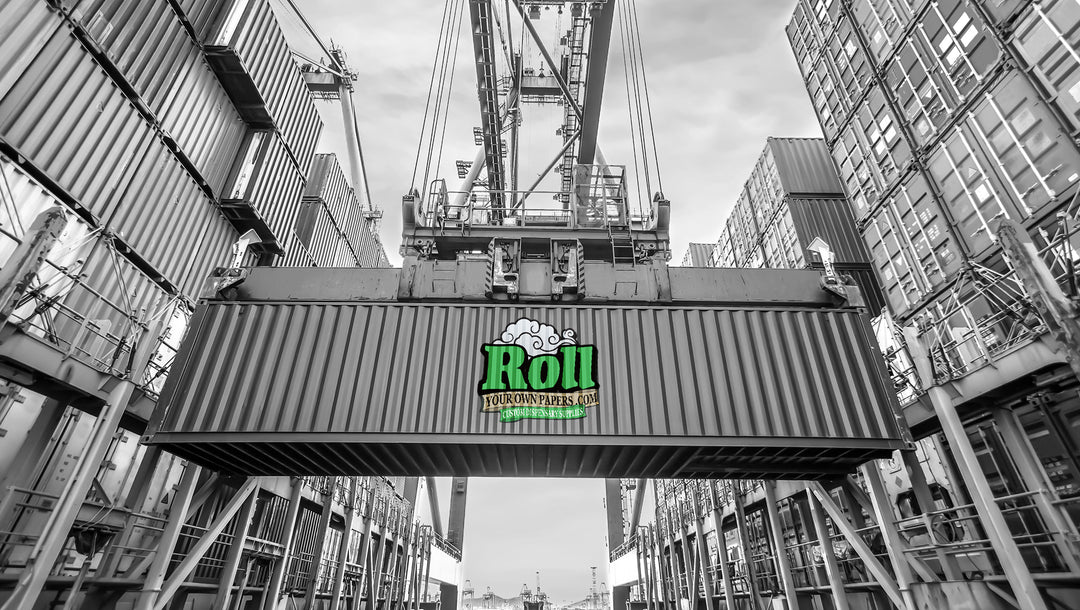
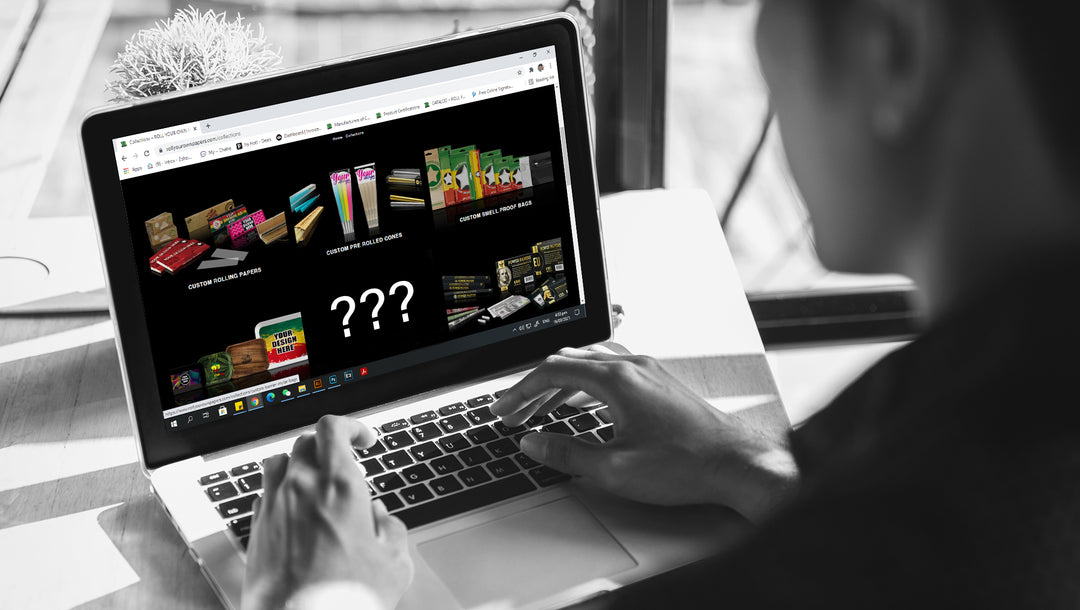
Leave a comment